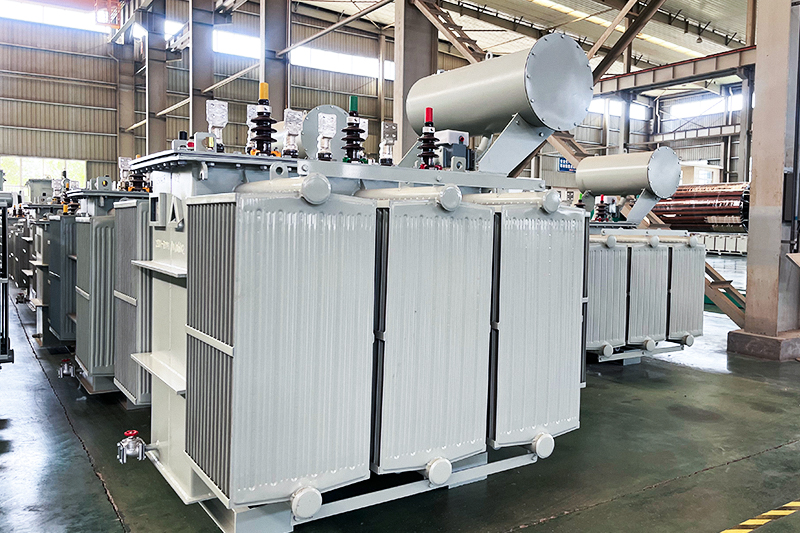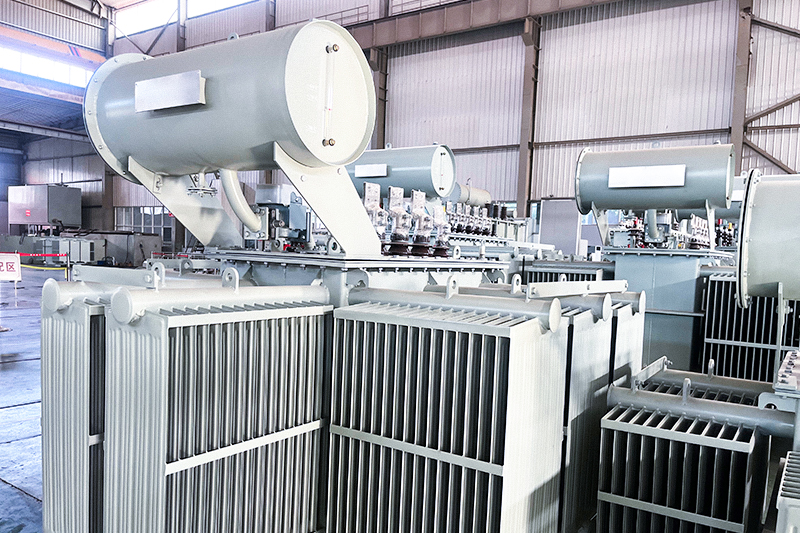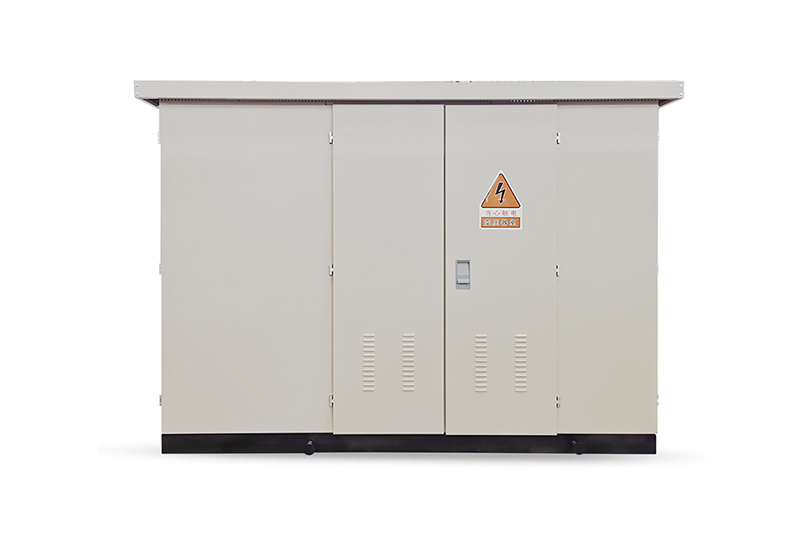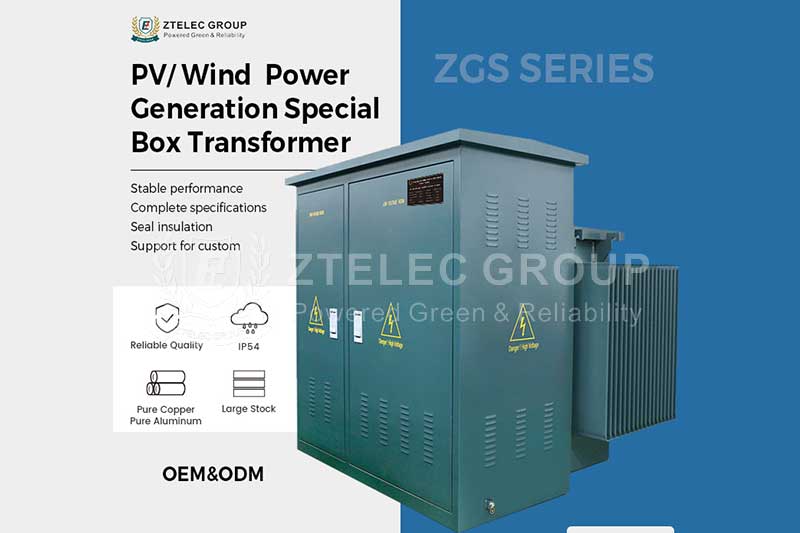Oil-Immersed Transformer Capacity Explained: Pros and Cons of Different Ratings
Time:2025-07-15 Auther:ZTelec-www.ztelectransformer.com
Oil-immersed transformers are the backbone of modern power systems, responsible for efficient voltage transformation and reliable power delivery. One of the most critical aspects of transformer design and application is the selection of its capacity rating. The capacity of a transformer determines how much electrical load it can handle without overheating or losing efficiency.

This article offers a comprehensive overview of oil-immersed transformer capacity ratings, analyzing the advantages and disadvantages of different capacities, practical application scenarios, and key selection considerations. Whether you are an engineer, facility manager, or procurement specialist, understanding these details will help you make smarter decisions for power system planning.
1. What Does Transformer Capacity Mean?
Transformer capacity, usually measured in kilovolt-amperes (kVA) or megavolt-amperes (MVA), represents the maximum apparent power the transformer can deliver to a load under specific operating conditions. It is determined by the size of the core, winding design, insulation strength, and cooling method.
For example:
Small-capacity transformers: 25kVA – 500kVA
Medium-capacity transformers: 630kVA – 2500kVA
Large-capacity transformers: Above 3150kVA (up to hundreds of MVA)
2. Small-Capacity Transformers (25kVA – 500kVA)
Advantages:
Low cost: Ideal for residential areas, small commercial facilities, and rural networks.
Compact size: Requires less space and is easier to install.
Lower no-load losses: Helps reduce standby energy consumption.
Disadvantages:
Limited load capacity: Cannot support high-demand equipment or rapid load fluctuations.
Less scalability: May need replacement or upgrades if demand grows.
Applications: Rural electrification, standalone buildings, small distribution substations, isolated loads.
3. Medium-Capacity Transformers (630kVA – 2500kVA)
Advantages:
Balance of capacity and size: Suitable for most commercial and industrial facilities.
Efficient under medium load conditions: Optimized design reduces both load and no-load losses.
Moderate cost: Offers good value for performance.
Disadvantages:
Higher initial investment than smaller units
Requires more space and cooling considerations
Applications: Office buildings, shopping centers, small to mid-size factories, municipal power distribution networks.

4. Large-Capacity Transformers (3150kVA and Above)
Advantages:
High power handling: Essential for industrial complexes, substations, and grid interconnection points.
Improved load efficiency: Operates efficiently under heavy loads with lower per-unit losses.
Scalable and robust: Supports future power expansion and peak loads.
Disadvantages:
High installation cost: Requires significant capital investment.
Complex cooling and protection: Often needs forced oil and air cooling (ONAF, ODAF systems).
Larger footprint: Demands dedicated transformer rooms or substations.
Applications: Utility substations, steel plants, data centers, metro systems, airports, and export power stations.
5. Key Factors in Transformer Capacity Selection
Choosing the right capacity involves more than matching the transformer to the current load. Here are essential factors to consider:
Load type: Constant vs fluctuating loads, reactive vs resistive components.
Load growth: Estimate future power demand over 10–15 years to avoid early upgrades.
Duty cycle: Intermittent vs continuous operation affects thermal performance and lifespan.
Ambient temperature and environment: High-temperature or humid environments reduce cooling efficiency.
Redundancy needs: Critical infrastructure may require dual-transformer configurations.
6. How Over- or Under-Sizing Affects Performance
Under-sizing: Choosing a transformer with too low a capacity can lead to:
Overheating
Shorter service life
System instability or voltage drops
Over-sizing: While safer, over-sizing can cause:
Higher no-load losses
Increased capital and operational costs
Inefficient energy use when running at low loads
7. Recommended Capacity Ranges by Application
| Application | Recommended Capacity | Notes |
|---|---|---|
| Residential/Small Commercial | 50kVA – 250kVA | Single-phase or small 3-phase systems |
| Retail/Offices | 315kVA – 1000kVA | Medium 3-phase load, HVAC included |
| Industrial Facility | 1250kVA – 5000kVA | Heavy machinery, motors, PLCs |
| Utility Substation | 5000kVA – 50000kVA | Grid-level energy distribution |
Choosing the appropriate oil-immersed transformer capacity is a foundational decision in any power system design. The right capacity ensures optimal performance, reduces energy losses, and extends equipment lifespan. By carefully assessing current and future load requirements, application scenarios, and installation conditions, users can select a transformer that delivers both technical reliability and economic value.




